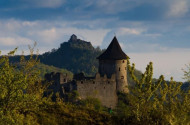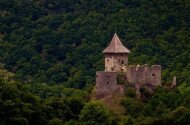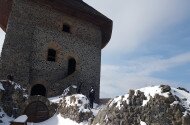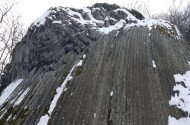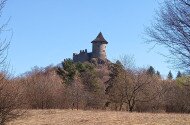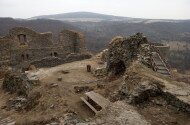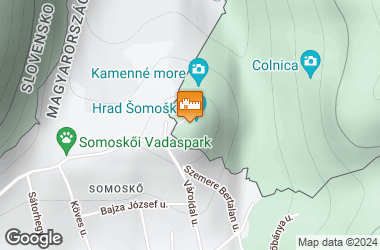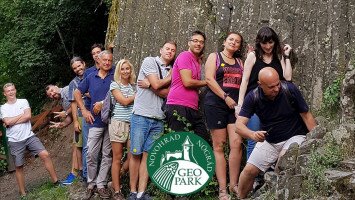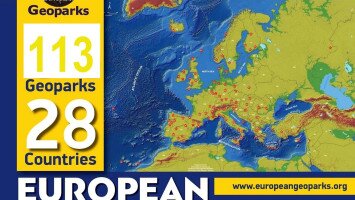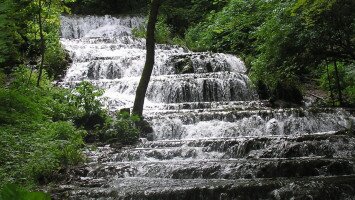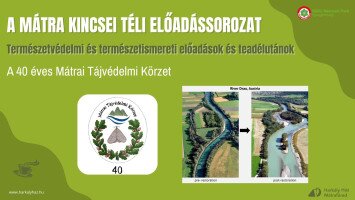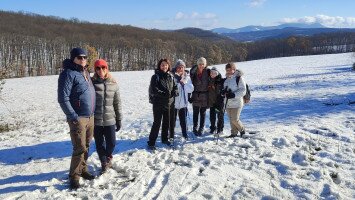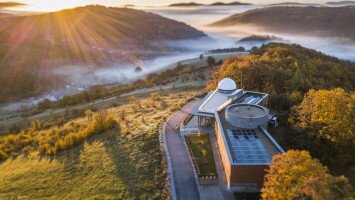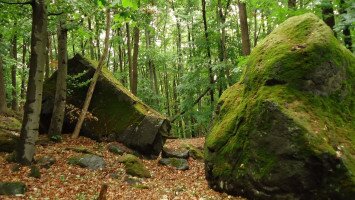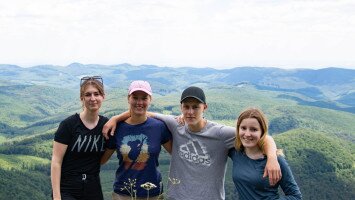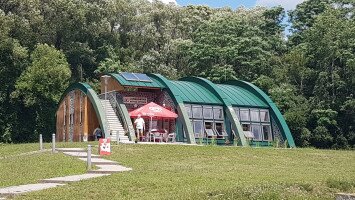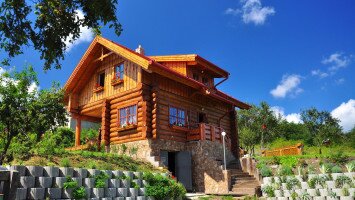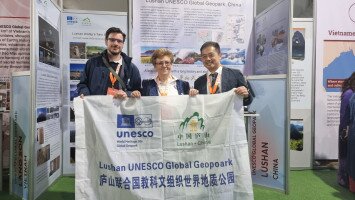
The main attraction of this site is a so-called "stony-waterfall" a unique crooked, regular six- or five-sided, rathar slight columns formed by columnar jointing of basalts, which were exposed during Middle Age in order to build up a castle from basalt columns. Opposite the Castle hill the basalts are exposed in the former stone-pit Mačkaluk.
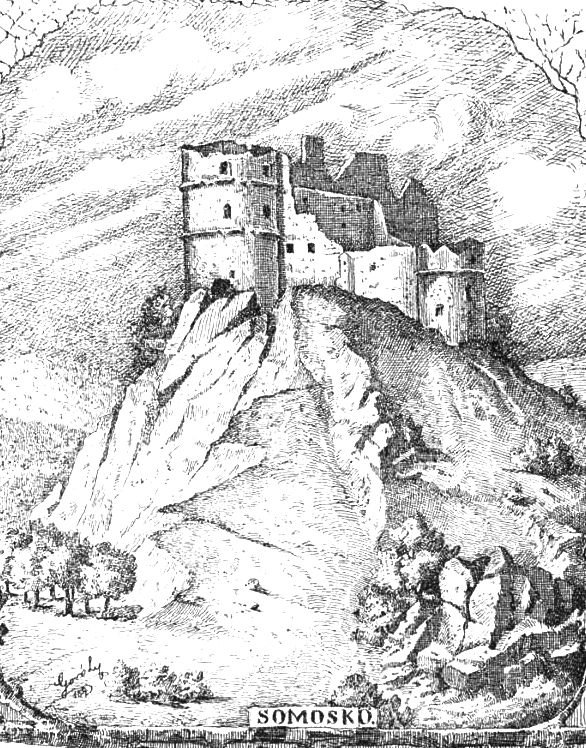
Ruins of Somoskő at the 19th century. Picture at Ország-Világ mazain (1885)
Unique basalt outcrop from the Pliocene-pleistocene, it is a volcanic neck that turned into a lava-flow within the maar-type crater filled with lava. The neck with ca. 160 m in its diameter was asymmetric, as the west wall was nearly vertical, and that is shown by the horizontal, and 20° dip lie of the column under the fortress near the border. On the contrary, columns of the famous “basalt-sack” on the slope of the fortress-hill have a 60-80° angle dip, reflecting the slight tilt of the inner walls of the crater. A study trail, leading up the NE slope of the hill, reveals tuff and conduit-breccia, which refer to the original filling of the conduit. The almost horizontal contact of the basalt with the surrounding sandstone is revealed by a small sand-quarry situated on the south-east slope, above the study trail.
Nyitva tartás
Sat - Sun: 9:00 AM - 6:00 PM
Files
Somoskő.pdfIn: Mocsáry Antal: Nemes Nógrád vármegyének históriai, geographiai és statistikai esmertetése III. (Pest, 1826.)
HENSZLMANN: Uti jegyzetek. In: Henszlmann Imre - Nyáry Albert (szerk.): ARCHAEOLOGIAI ÉRTESÍTŐ 12. KÖTET (1878)1878 / 9. füzet
Luppa Péter: Somoskő romjai. Vasárnapi Újság 1860.
